
Garden Lesson:
Ladybugs
Set up the lesson
Ask Questions
Below are example questions that can help guide your conversation. These questionss can be tailored to the age of your children. More details for grade-specific vocabulary words and topics can be found in the education standards linked at the bottom of this page. A printer friendly version of the lesson with more content and activity sheets is linked below, too.
- What is pollination and why is it important? Pollination is the process of transferring pollen from the male part of the plant (the anther) to the female part of the plant (the stigma) to fertilize the plant and make seedlings.
- What is an ecosystem? Multiple species of different types are each able to meet their needs in a stable web of life. The different plants and animals in an ecosystem all depend on each other to survive.
- How do ladybugs fit in the ecosystem? They help keep plants healthy by eating "bad" bugs that harm the plants. The plants help the ladybugs by providing pollen for the ladybugs to eat when no bad bugs are around.
- What is a food chain/food web? Some animals eat plants for food and other animals eat the animals that eat plants. How do ladybugs fit in the food chain? They eat other bugs like aphids and mites. These bugs are bad for plants and the garden, so the ladybug is helping gardeners by eating the bugs that harm plants. When ladybugs can't find bugs to eat, they will also eat pollen from flowers. As they go from flower to flower, this helps with pollination.
- What is a beneficial bug and how can they help the garden? Beneficial means helpful. Ladybugs are helpful, performing valued services like pollination and natural pest control.
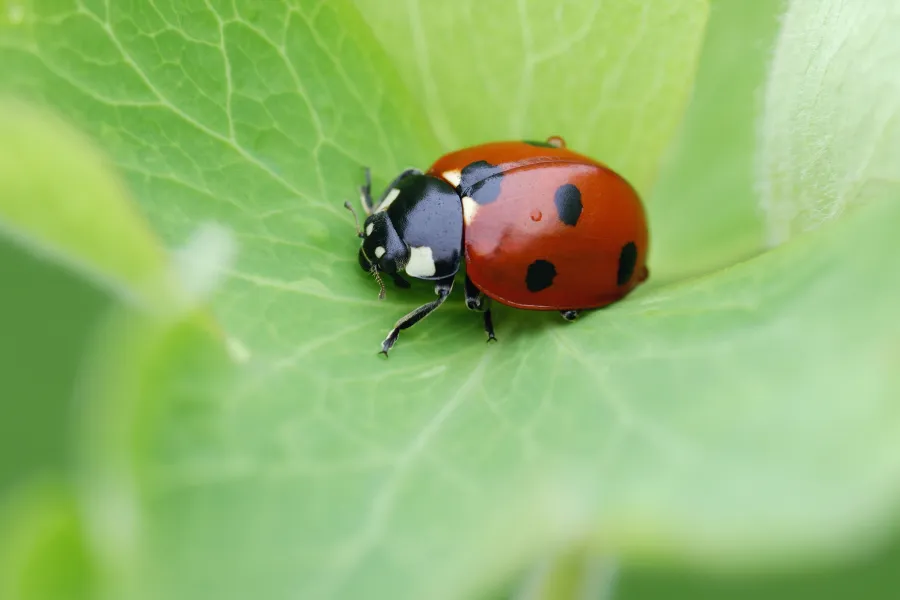
Meet the Ladybugs
- Lead the children outside for a ladybug hunt. Look in lush garden areas near plants known to attract aphids or near plants that ladybugs like (see below).
- Cups of live ladybugs are also available for purchase seasonally from your local Pike Nurseries.
- Encourage questions, count spots, look at the inner wings, etc. Ask questions as the children observe the ladybugs. A magnifying glass might be helpful for this. How many spots does this ladybug have? How many legs does it have? Can you see the inner wings under its colorful shell?
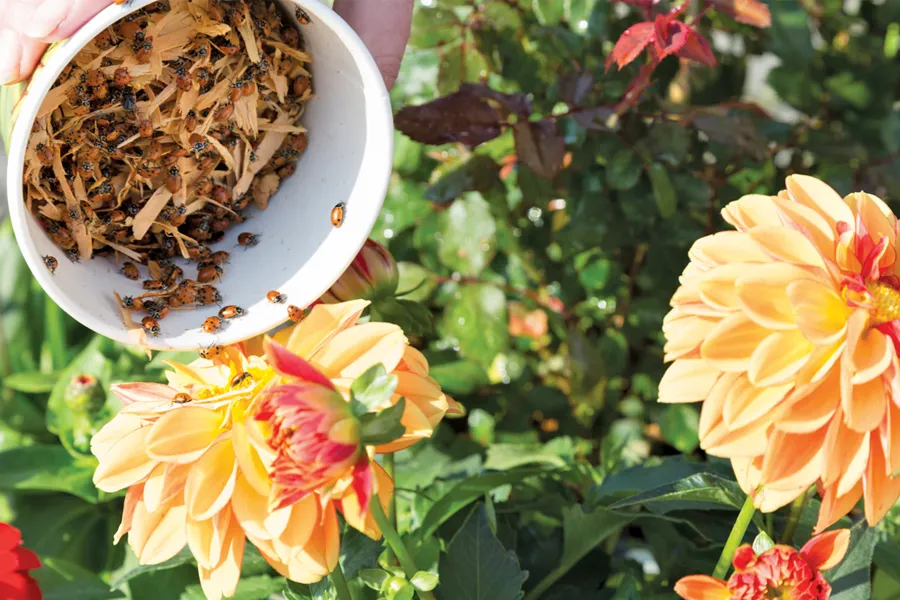
Other Ladybug Activities
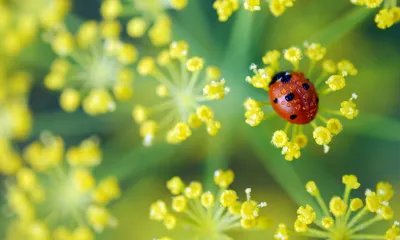
Garden Time
Plant some ladybug-attracting plants in your garden or in pots. Here's a pollinator garden project for the ground, or a ladybug container garden project for small spaces.
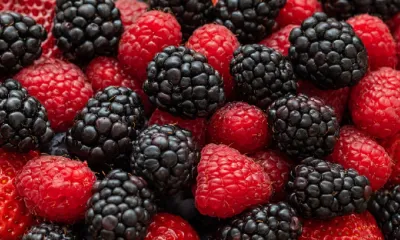
Snack Time
Kids will enjoy making Ladybug Fruit Skewers from strawberries and blackberries or Ladybug Bruschetta Appetizers with fresh tomatoes and basil.
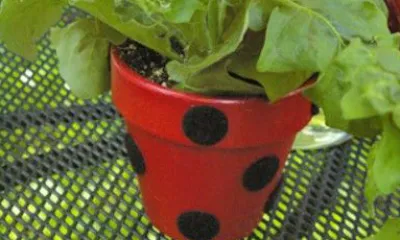
Craft Time
Paint terra cotta pots red with black polka dots before planting a flower. Kids can also do the activity sheets included in the printer friendly lesson linked above.
Education Standards
This lesson plan supports science education standards for grades K to 5.
Georgia
Kindergarten -
2nd Grade
Life
Science (SKL1 & SKL2)
Life
Science (S1L1)
Earth
& Space Science (S2E3) & Life Science (S2L1)
3rd - 5th Grade
Life
Science (S3L1)
Life
Science (S4L1)
Life
Science (S5L1)




